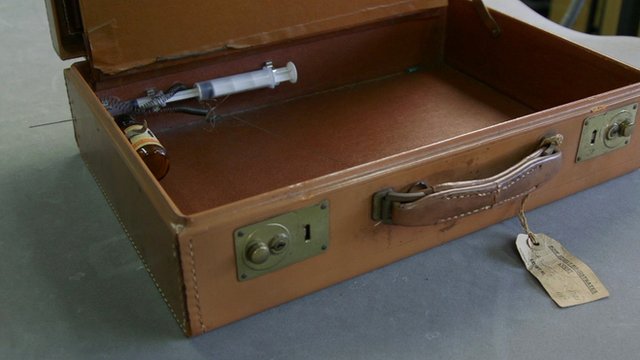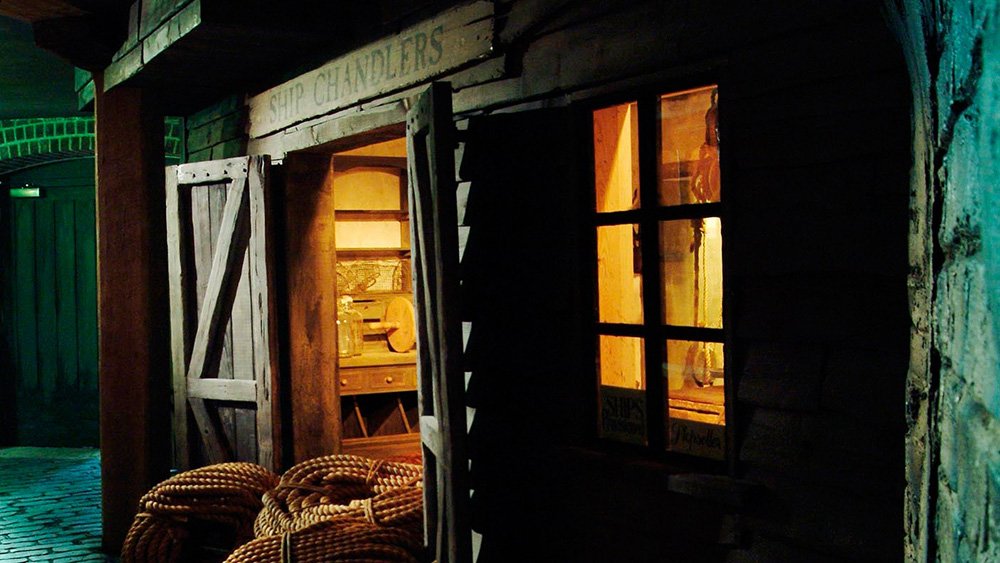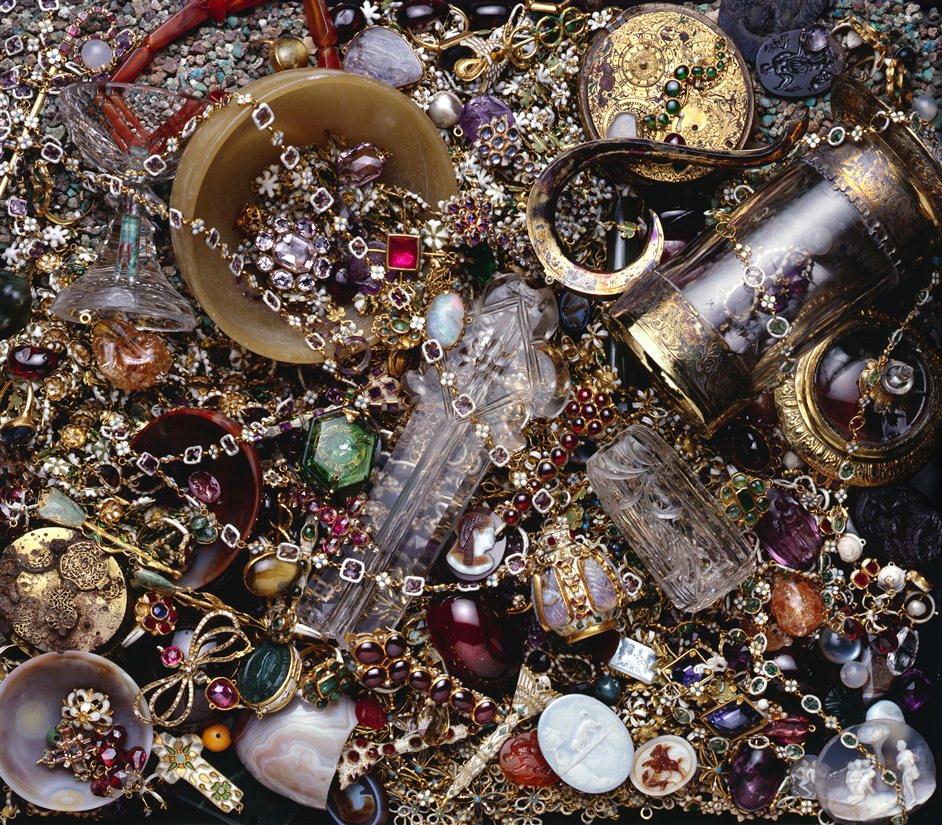The Crime Museum at the Museum of London has to be one of the most hotly anticipated museum exhibitions of the year. From Resurrection Men to Sherlock Holmes, MoL seems to be building its brand on the curious and the slightly morbid. The Crime Museum (otherwise known as the Black Museum) is the Metropolitan Police's own collection of evidence from history of policing, stretching back to the end of the nineteenth century. This is the first time that their objects have been seen by the public. So - plenty of cache, but how does the real thing stack up?
The exhibition is divided into two sections which are meant to reflect the lay our of the actual museum within Scotland Yard. The first section is modeled on older drawings of the Crime Museum, complete with fireplace and old fashioned cases. A broad-sheet style information pamphlet guides you through. Note: if you do not pick up this information pamphlet you will be very very confused as very little text is included with any of these objects. As a historian - this is the stuff I came here for: death masks of Newgate prisoners, execution ropes, textile and hair samples from the Harley Street mystery, and the cunning ladder of the cat burglar Charles Peace.Somewhat controversially, there isn't much here about Jack the Ripper. To be honest, after seeing some Ripper objects from the Crime Museum at the Wellcome's recent Forensics exhibition I was quite looking forward to seeing them again. But on reflection, Jack has really had his day, and crime in London is so much more than that. A few examples of police appeals for information from the era should satisfy someone who is a Ripper-ologist.
I couldn't help but wish that more space had been given to the nineteenth century section - which so effectively transports the visitor into the space of the hidden crime museum. But unfortunately this section abruptly ends as you enter into one large, violently orange space dedicated to the Met in the 20th and 21st century. On one side, themed displays cover topics like weapons, drugs, and counterfeits, while along the other, individual cases are given over to particular trials or crimes.
Staring into what feels like an endless abyss of labels, one visitor near me commented 'Wow, this is not the exhibition for you if you don't like to read.' As astute a comment as they come. I felt tired before I even really got started. Coming from the first section where text was sparse, the rest of the exhibition felt like reading a book. But then again, trying to imagine how you communicate the basics of a case: who it was, what happened, why it is relevant to the history of crime or policing, it's a necessarily verbose affair. Critical as I might be of so much text, I can't really imagine a better curatorial technique. It's just a difficult subject matter.
Speaking of difficult. While I probably should have considered this when going to see an exhibition called 'The Crime Museum', it is a very disturbing experience. There is a really strong sense that many of the famous crimes were perpetrated against women. With case after case of horrifically murdered women, I actually felt glad to see some gangsters shooting each other up. Even the one case which features a female perpetrator, Ruth Ellis, you kind of feel for her. In 1955, she shot her ex five times after he kicked her in the stomach, causing her to lose her child. Ellis was the last women to be executed in Britain. This, displayed near a case showing the different techniques used for illegal abortion over the years, speaks strongly about the place of women in the 19th and 20th centuries.
The exhibition ends with terrorism- of course one the biggest threats to London and the Met in recent years. The cases on IRA bombings are interesting, and its certainly relevant to include modern policing work. Although for me, the section about the 7/7 bombings still felt a little too recent. Bizarre to think already this has become museum-ified history.
The Crime Museum is certainly not a romp through London's seedy history. Despite it's bright colours and sleek fonts, this is really a very serious look into crime and punishment in the metropolis. Not for the faint of heart or for those who don't feel like reading. An exhibition to be pondered and a slow pace, and maybe followed by a calming cup of tea!





































